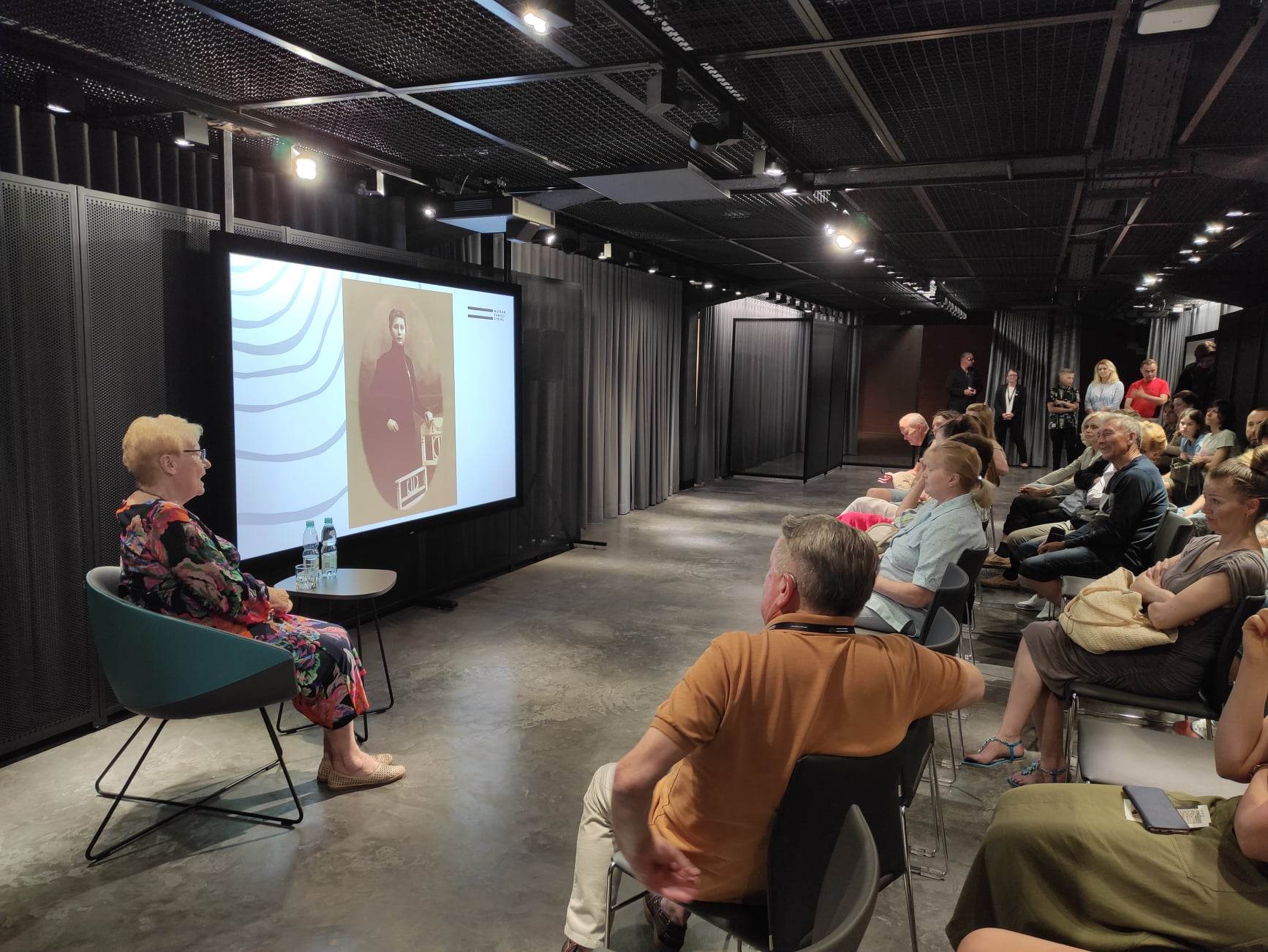For two afternoons, on June 23 and 24, the audience gathered in the intimate space of the temporary exhibitions of the Sybir Memorial Museum to meet one of the Siberian women, who agreed to share their memories.
On Friday, June 23, the heroine of the evening was Mrs. Maria Nosorowska-Sarosiek, the long-term president of Circle No. 7 of the Siberian Association in Bialystok. In June 1941, when she was less than a year old, Maria was deported with her family from Białystok to Altai Krai. They returned to Poland in 1946.
Maria Nosorowska-Sarosiek associates post-war Białystok with the dramatic loss of the pre-war world, huge living difficulties and family poverty.
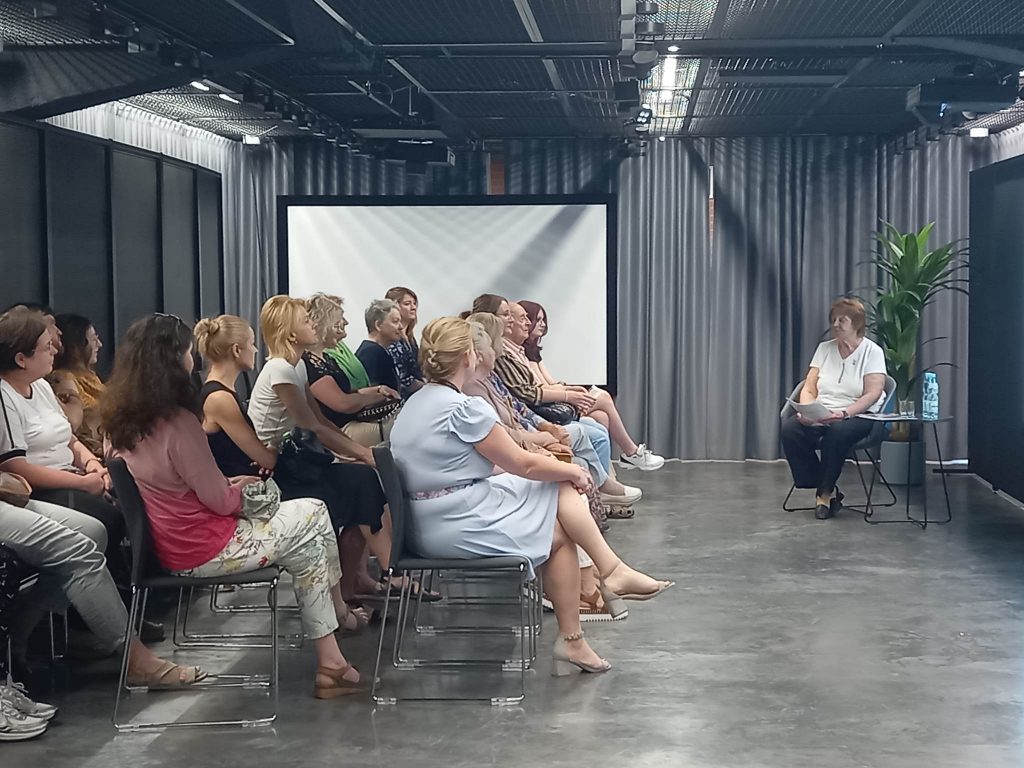
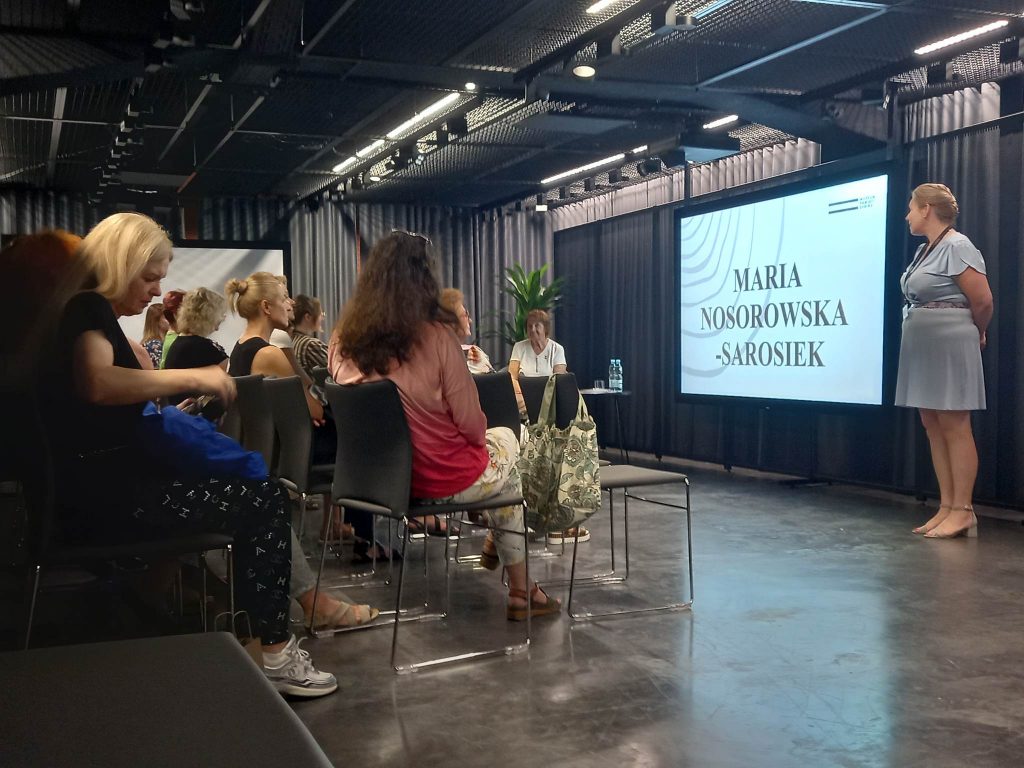
— After returning to Bialystok, we went to our house. A large chest stood there in the kitchen corner. I sat on it. Everyone around was happy, saying hello to friends and family. And I was afraid because I didn’t know this house. This was my first day after returning to Białystok… — she told the gathered at the Sybir Memorial Museum.
As a child brought up in the difficult conditions of exile, she was not able to find herself in the Polish reality from the very beginning: — Uncle took me to the city for ice cream. After a while he realized that my hands were wet. He asked me why I didn’t eat the ice cream. I felt stupid, but I didn’t know it was something to eat…
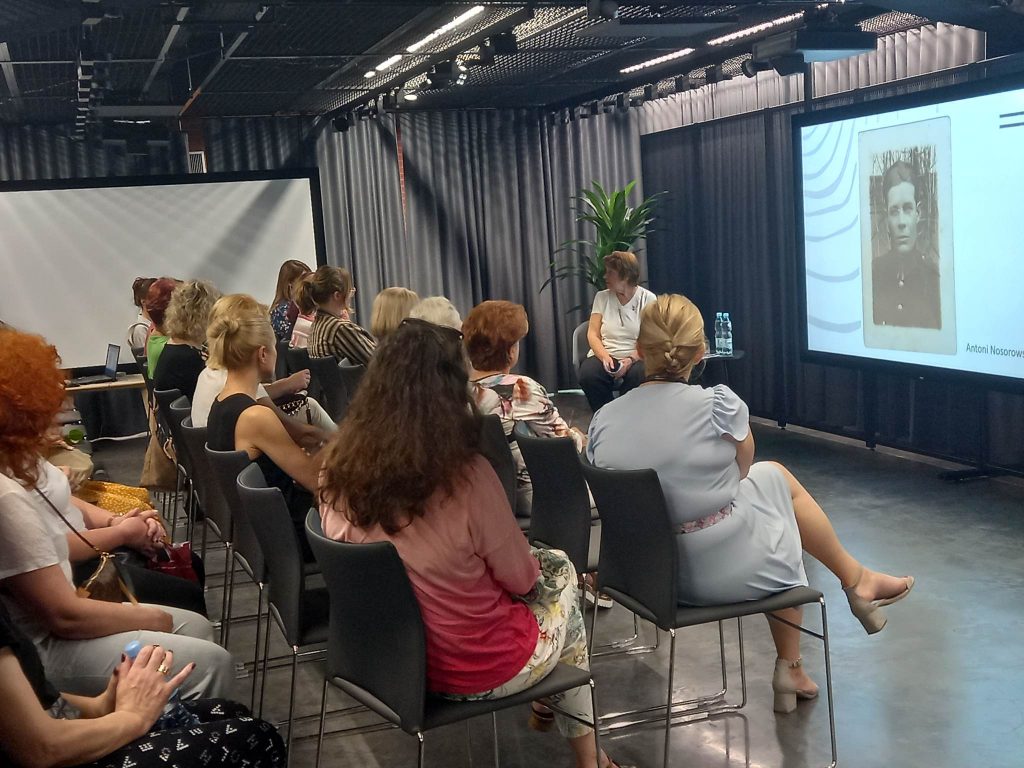
On Saturday, June 24, Mrs. Jolanta Hryniewicka, President of the Association of Siberian Deportees in Białystok, shared her memories with the audience.
In June 1941, when her father was in prison, she and her family (as an almost two-year-old child) were deported from the Fabryczny Railway Station in Białystok to Novosibirsk (Altai Krai). In March 1946, she returned to Poland and her hometown. From 1992, she worked socially for the Association of Siberian Deportees. From 2000 to March 2023, she was the secretary. Since 2023, she has been the President of the Białystok Branch of the Association of Siberian Deportees.
Little Jolanta remembered these images after returning to her homeland: — We were at my grandparents’ house, I saw for the first time in my life a brick well with a roof, I was very surprised. And I saw a dog — I don’t know why these images stuck in my memory, I still see them after so many years — said Jolanta Hryniewicka.
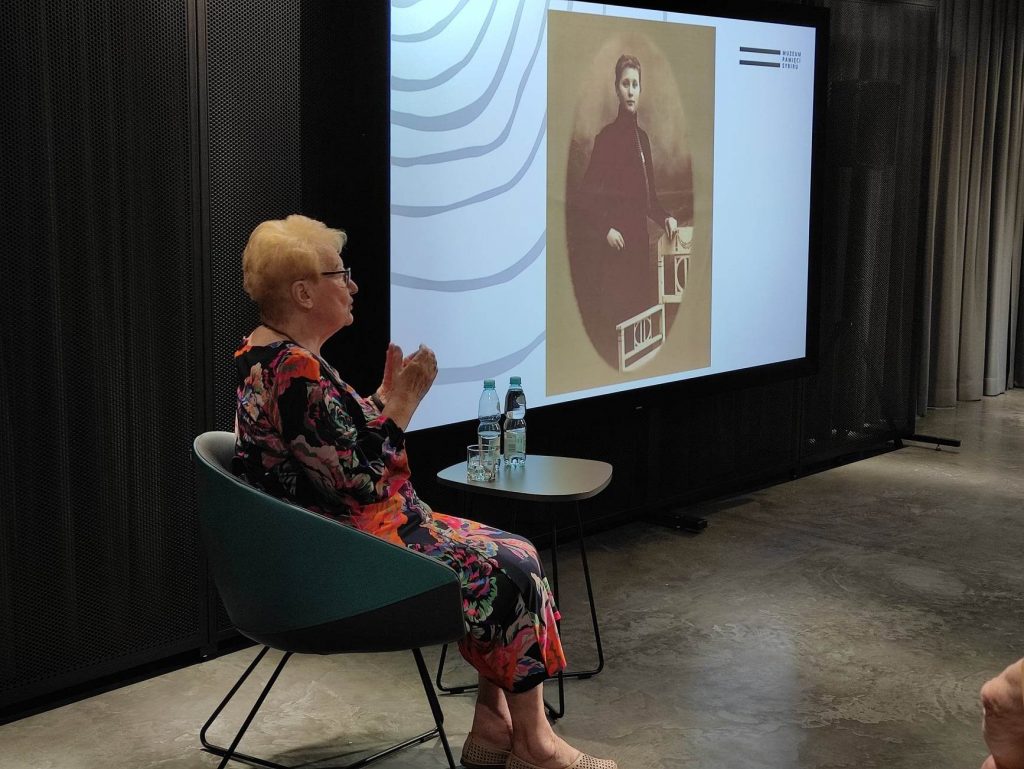
— Bialystok was destroyed in 80%, there were ruins and rubble everywhere. The entire Śródmieście district was destroyed, especially the place where the ghetto was located… There were single-family houses on Wiejska Street and the chaos of the war was nowhere to be seen. Now I live at Warszawska Street, which before the war was called Nowoaleksandryjska. There used to be orchards and gardens where blocks of flats stand today. I remember the surface of the streets in Białystok — cobblestones…
Thinking about the young participants of the meeting, Jolanta Hryniewicka talked about many places in Białystok that have changed a lot over the years: — Do you remember where the Piłsudski monument is? It used to stand opposite the Podlasie Museum. When large-scale celebrations began in Białystok, he was transferred.
— In the early 1950s, where there is today a green, wooded square opposite the Central department store, there was a cemetery, rubble, destroyed monuments. The students cleaned up the rubble…
— Do you remember, citizens of Białystok, where Sucha Street was? There were stalls and shops with devotional articles. It was there that people bought everything they needed, after all, right after the war, there were first communions and confirmations…
— Where was the orphanage before the war? — she asked the gathered. — Nobody remembers… There was a bakery at Słonimska Street run by my brothers…
— In the early 1960s, during juwenalia, students kayaked our modest Białka River! From the power plant to the place where Białka flows through Sienkiewicza Street. I don’t remember when, but during heavy rains even our Białka flooded, it was like that… — recalled Jolanta Hryniewicka.
After each meeting, the audience and the Siberian women, accompanied by a museum guide, went to the part of our permanent exhibition that refers to life in independent Poland and pre-war Białystok.
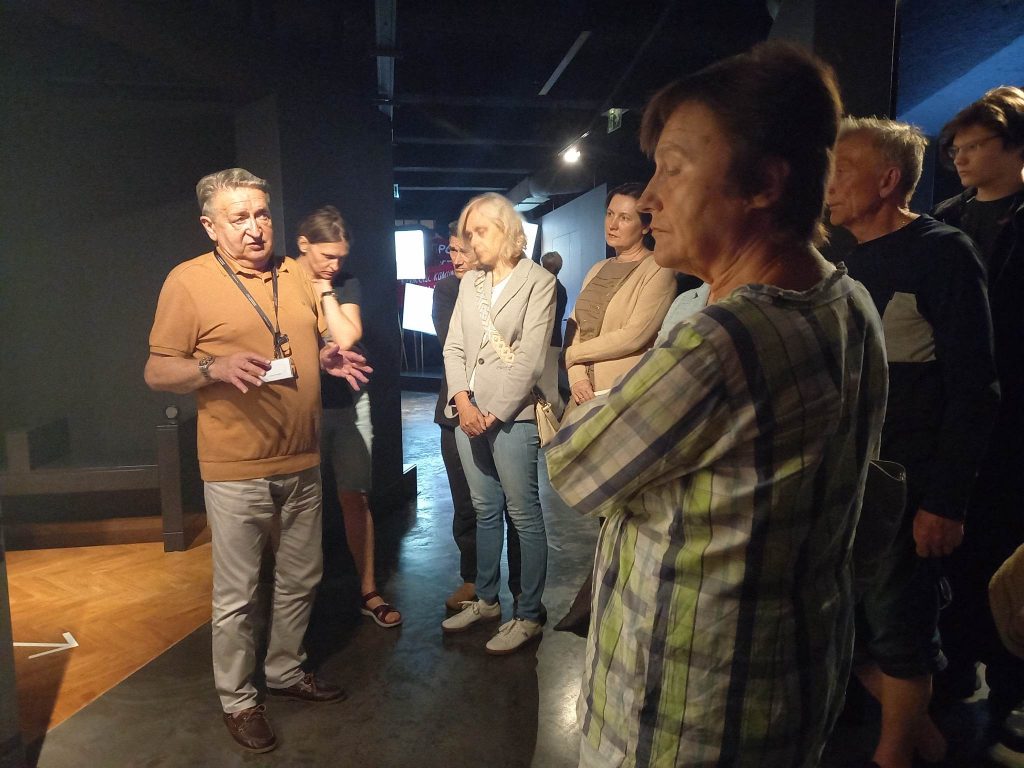
Both evenings were full of fascinating stories and emotions. We would like to thank dear Siberians for their trust and readiness to participate in the museum initiative for the inhabitants of Białystok, as well as to all those who came to these two extraordinary meetings.



